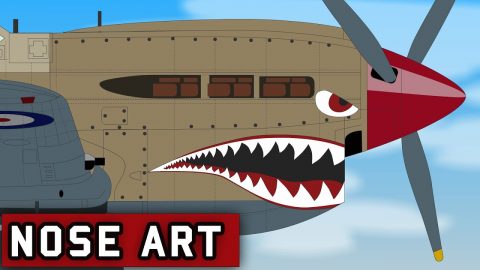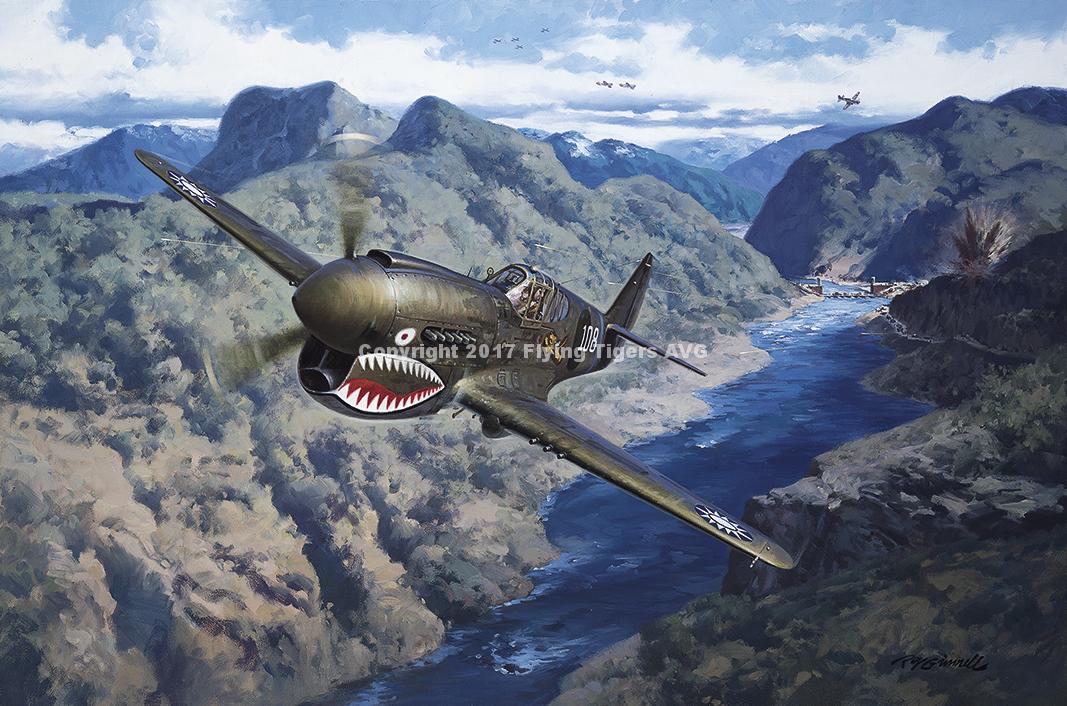
YouTube / Simple History
You might have noticed some old warbirds featuring a distinct nose art. Have you ever wondered where it all started?
Before the two world wars, the earliest recorded example of aircraft nose art was a painting of a sea monster on an Italian seaplane in 1913.
Planes quickly dominated the skies when they were first introduced during WWI. These deadly and versatile killing machines could be seen above the battlefields of Europe – and halfway through the war, they might have even featured elaborate color schemes on their airframe.
Most of those were used for camouflage, but some were designed to impress and exert the pilot’s individuality. In fact, several Roland C.IIs had snarling shark-type mouths with sharp teeth painted on their noses.
During WWII, the American Volunteer Group “Flying Tigers” painted their P-40 Kittyhawks with the now-famous shark mouth. This painting was perfect for the P-40 as it had a very large air intake at the front.

It wasn’t their idea, however. The group was inspired by a photograph they saw of a P-40 from the 112 RAF Squadron in North Africa. Those RAF pilots, in turn, got the idea after seeing Bf 110s from the ZG 76 painted that way.
Nowadays, the shark mouth nose art is rarely used. The only great example of a plane using it is the A-10 Thunderbolt – which is fitting since the heavily armored plane with one of the most powerful guns ever often flies at very low altitudes and speeds. That’s nightmare fuel for its enemies!